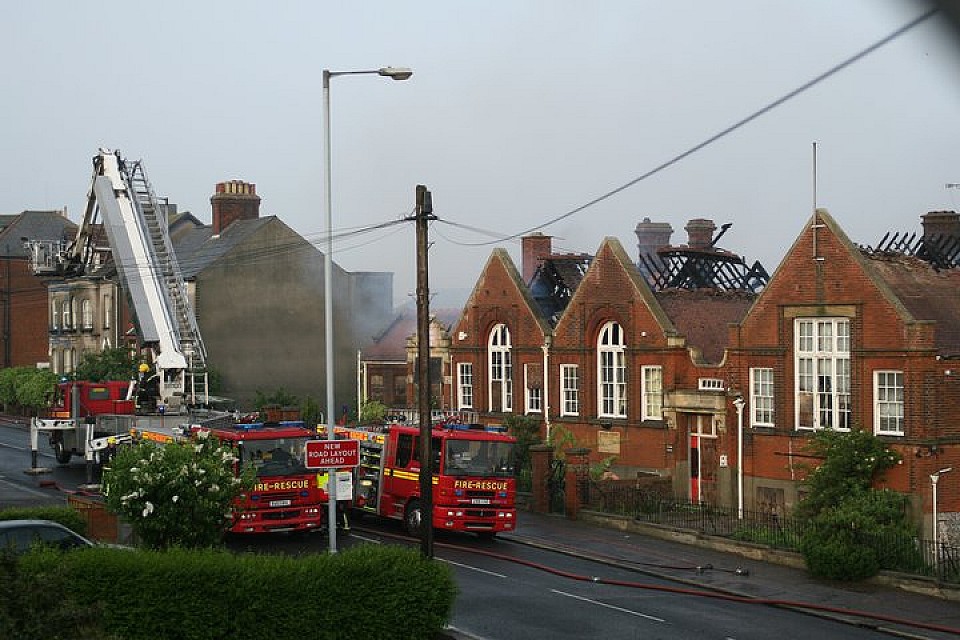
Planning a School Fire Risk Assessment
Following the tragic circumstances around the Grenfell fire, parents and staff want to know that schools are safe for our children.
A major fire can mean career changing disruption for a school and its student’s for many months; almost certainly affecting education outcomes.
Loss of coursework, disruption to classes and lowering of staff morale, while hard to measure, are real. And although it can seem like a remote possibility, EFSA stated in Building Bulletin 100 that 1,300 schools will experience a fire every year. That is 1 in 20.
School compliance with fire safety is set out in legislation, including The Regulatory Reform (Fire Safety) Order 2005, and The Education (School Premises) Regulations 2012.
They both set out the requirement for schools to identify a responsible person, carry out risk assessments, record the significant findings and take steps to reduce or remove the risks. This isn’t a one off step, it needs to be maintained and regularly reviewed.
We have reviewed over 1,000 public buildings since Grenfell, including over 350 schools. While our primary focus was the assessment of building materials where we have found very little of concern, we have seen there are some steps schools can take to improve health and safety risk management in general, and fire risk specifically.
Here is what to consider as you start out on your review process
Remember, risk assessment is based on balancing possibility with impact and how you will mitigate both. The higher the possibility and impact, the greater your mitigation should be.
Approach your review considering everything in the round. That means being systematic; allowing enough time in your review to tour the whole site and produce a meaningful document.
Much of the information won’t be in the purview of the responsible person, you think about the staff and teachers that you may need to enlist for help. You need to consider everyone that uses the site's requirements, paying particular attention to the needs of disabled people.
Finally, consider the whole premises, including outside space, when you undertake your checks. You may find this easier by dividing your school into zones, such as classrooms, assembly points, admin areas, laboratories, stairways, corridors and external routes.
For help with completing a comprehensive fire risk review for your school, or to clarify any of the issues raised in this article, contact us by clicking here >>
